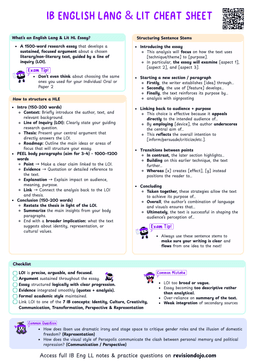Strategies for Light Competition in Forests
- In forest ecosystems, plants face intense competition for light due to the dense arrangement of vegetation.
- This competition drives diverse adaptations to maximize light capture.
1. The Forest Canopy
- The canopy is the uppermost layer of the forest, where light is most abundant.
- Trees that grow tall enough to reach this layer gain a significant advantage, as they can access direct sunlight while shading out competitors below.

Adaptations of Canopy Trees
- Vertical Growth and Thick Trunks
- Trees invest heavily in height, growing straight, tall trunks to reach the canopy.
- Thick, supportive trunks prevent collapse and help trees withstand strong winds.
- Broad Crowns and Leaf Arrangements
- Once they reach the canopy, trees spread their crowns wide to maximize light capture.
- Leaves are arranged to reduce self-shading, ensuring maximum surface exposure to sunlight.
Emergent Trees
- Kapok tree (Ceiba pentandra) grows over 60 meters tall, towering above the rainforest canopy to access uninterrupted sunlight.
- This strategy requires a massive root system to provide stability and support.
- Investing in height is a trade-off.
- While it allows trees to access abundant light, it requires significant energy and resources, making them more vulnerable to environmental stressors like strong winds.
2. Climbing For Support
- Instead of growing thick, self-supporting trunks, lianas (woody vines) use existing trees for support, allowing them to reach the canopy without investing in structural growth.

Adaptations of Lianas
- Fast vertical growth – They grow rapidly up tree trunks, bypassing competition at the forest floor.
- Climbing structures – Use tendrils, hooks, or spines to anchor onto trees.
- Flexible stems – Enable them to sway with the movement of trees without breaking.
Rattan Palms (Calamus spp.)
- Use hooked spines to grip onto tree trunks, climbing toward the canopy.
- Once they reach the top, their large leaves spread out to capture sunlight efficiently.
- It’s a common misconception that lianas are parasitic.
- While they rely on trees for physical support, they do not extract nutrients from their hosts.


